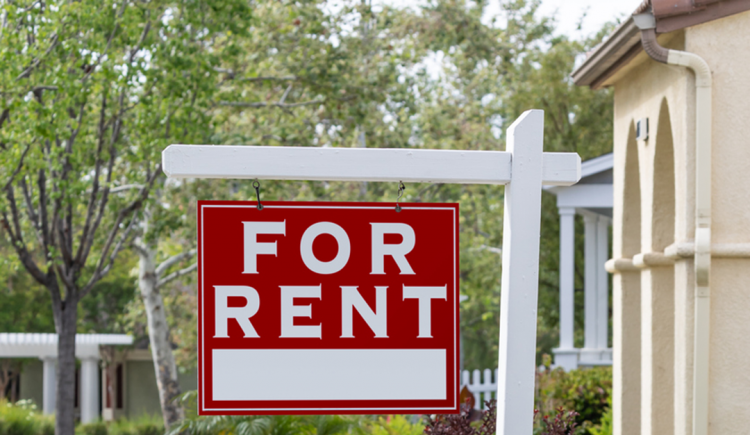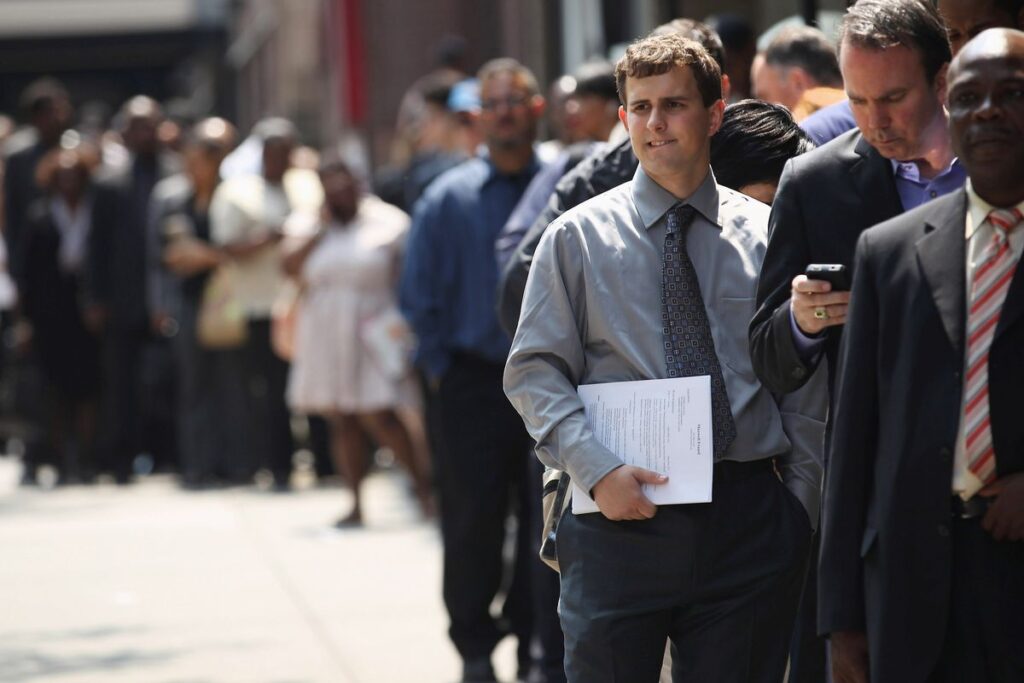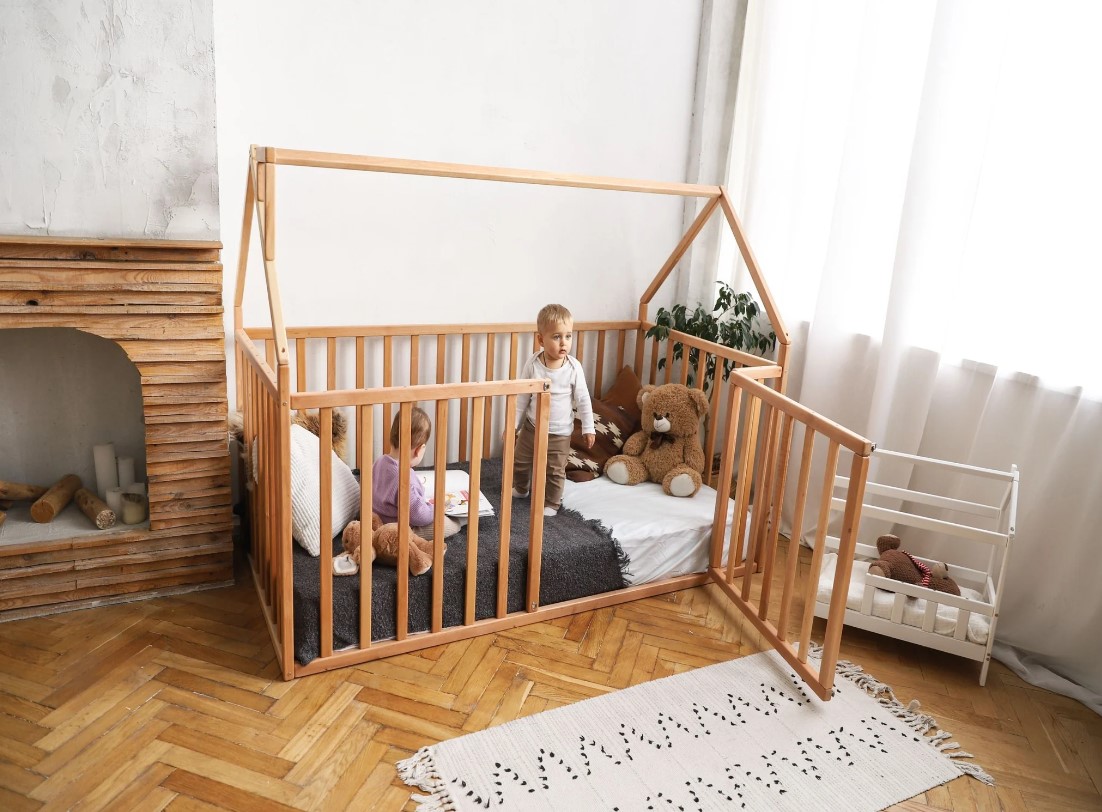Throughout history, there are countless examples of how crises disrupt pretty much the whole way people live. The global pandemic of COVID-19 is just one of these crises on a long list. When we say that these sudden changes shape the future, mainly by altering the way of life, we mean it literally. Not to mention that practically every industry out there also suffers massive disruptions.
For example, home values have climbed dramatically as a result of the global crisis. Disturbances caused by the lockdown, such as snowballing requests and higher construction costs. Furthermore, other stock limitations in the market, have donated to record value hikes. The Case-Shiller U.S. National Home Price index has increased by almost 19% this year, the uppermost year-over-year increase in the series’ history.
Without any doubt, we can see that this occurrence represents a perfect example of how the crises impact this industry. Other third-party indices have also seen upsurges. If you’re trying to sell, the property market in the metropolitan area is thriving, but it’s making it difficult to acquire. Nevertheless, we can say that this is a positive tendency. That is to say, despite being severely hit by the crisis, it is showing an exceptional indication of recovery.
Rental vacancies are growing, while rents are falling

Rental vacancies have been growing in Chicago for quite some time, as they are in many other big cities in the country, while rental rates are falling. However, vacancies are only up for roughly 1 percent every year, though rentals are only down 3 percent, putting the biggest city in Illinois in a better situation than other cities. But that doesn’t mean that things cannot be better in the future. In fact, it indicates many potential problems that can arise if the situation remains the way it is. Meanwhile, it will take a couple of years before the tolls are up to what they were before the pandemic stuck.
Although inventory is short, construction increases
Furthermore, there is only one months’ worth of stock in the area, which has prompted housing prices to skyrocket in recent months. Though, we believe this will be a short-term problem. New construction appears to be on the increase, according to the various indexes and the number of single-family home permits, which will assist to alleviate the stock shortfall. Naturally, the lockdown stopped a lot of processes in this industry, but it has started to recuperate in the last couple of months.
Unemployment remains high

The city’s unemployment percentage remains high. Investors should be warned, still, that the joblessness may impair renters’ capacity to pay, causing difficulties in meeting the property owner’s mortgage obligations. As you can presume, both these factors can represent a great problem for Chicago’s housing industry. For that to change, a lot of different factors will need to complement the industry’s future movements and overall financial recovery after the crisis.
The average cost of a home
Chicago, which has a median home worth of $300k, remains one of the most affordable big cities. Remember, we are talking about one of the biggest cities in the US. So, saying that this is rather an inexpensive place to live is nothing short of exceptional. If you are not certain about this, just calculate the average home price in cities like New York, Los Angeles, Miami, or Seattle.
In 2024, the average price in the US was around $353k, which is information that only adds to the overall value of being a citizen of Chicago. Nonetheless, it’s important to point out that that figure has increased by more than 13 percent year over year, owing to the country’s present inventory shortfall. Nevertheless, this is an important thing to take into consideration.
Today, there is only 1 month of materials in the city and neighboring areas, down nearly two percent every year. Investors will notice that with such a low inventory, the competition will become much steeper, especially when making offers on available homes. When taking a look at some similar situations in the past, you will see that this is exactly what happened. So, we can make a prediction based on previous experiences.
The average price of an apartment

According to apartmentguide.com, the average cost of apartments for rent in Windy City is $1,6k, which is almost equal to the current nationwide middling of $1.7k. Despite this, the median rent has declined in the last year, falling about 3% every year, owing in part to a rise in the number of rental posts. Meanwhile, the city’s rental vacancy degree is currently at 7 percent.
When you take a look at the past, you can see that the situation remains pretty much the same no matter what happens to the industry. For that reason, we can say that the current situation will turn towards growth and we will have pretty much the same circumstances as they were in 2017, 2018, and 2019. Naturally, we will just have to wait and see when will this happen.
Because of the pandemic, a lot of people lost their jobs or were forced to work from their homes. It immediately caused that many big cities, particularly those with famously high costs, saw an exodus of tenants. Still, we believe that this will be a short-term problem. For one thing, Chicago’s rental post rate is only up 1 percent every year. All of these factors provide an important insight that will help us predict what will happen in 2024 and many more years to come.
Last thoughts
You will certainly agree that these problems we’ve discussed were impossible to avoid. If you take a look at all other cities in the US, you will see that the situation is pretty much the same. However, it needs to be said that Windy City is in a somewhat better situation than a vast majority of other cities, especially big ones. One of the best examples is the number of people who are moving out of New York for a wide array of different reasons. Housing prices are just one of these reasons.










